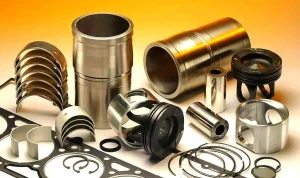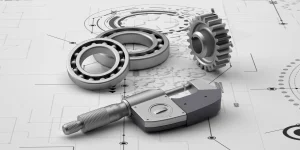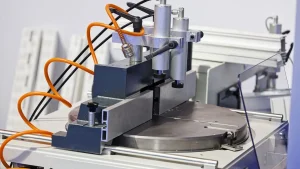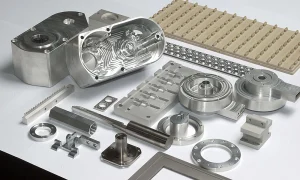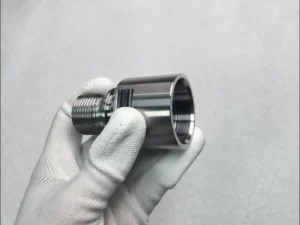CNC machining technology, with its high efficiency and precision, plays a vital role in modern manufacturing. However, the process requirements for CNC machining vary depending on the material properties, such as stainless steel and plastic. The following is an in-depth analysis of the differences between CNC machining stainless steel parts and plastic parts:
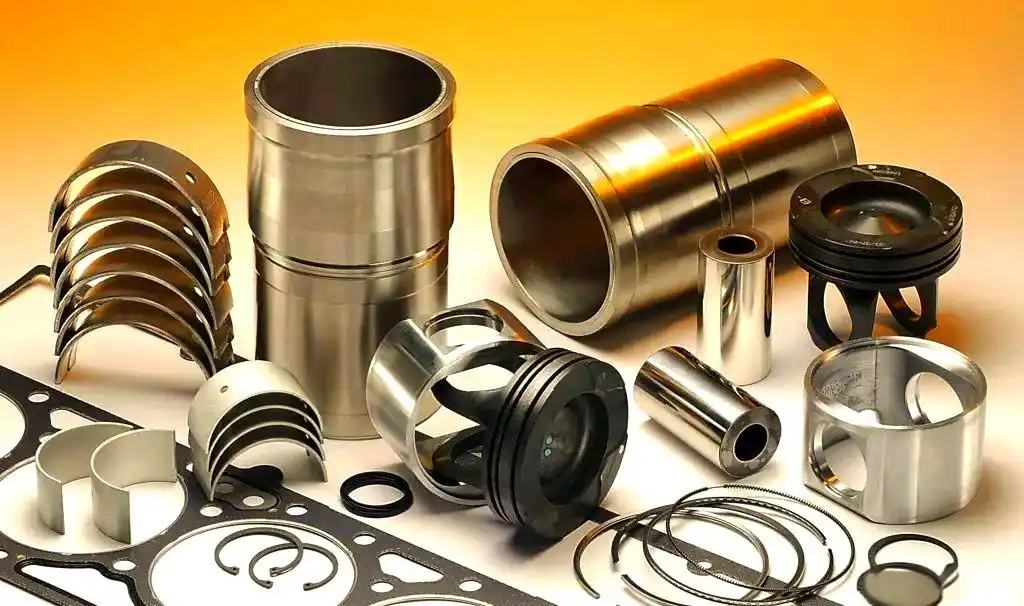
1. The Impact of Material Properties on Processing
CNC Machining of Stainless Steel Parts: As a metal material, stainless steel exhibits high strength and hardness, as well as excellent corrosion resistance. These properties place high demands on tool wear resistance during CNC machining of stainless steel, typically requiring the use of carbide or ceramic tools.
CNC Machining of Plastic Parts: Compared to metals, plastics are easier to machine, but they are more sensitive to temperature. During CNC machining, the processing temperature must be strictly controlled to prevent material melting or cracking due to overcooling.
2. Processing Temperature Control
CNC Machining of Stainless Steel Parts: It is recommended to operate at a lower cutting speed to reduce heat generation, and effective cooling measures should be implemented to prevent overheating of the workpiece and tool.
CNC Machining of Plastic Parts: Maintaining an appropriate processing temperature is crucial; excessively high temperatures can cause melting, while excessively low temperatures can cause the material to become brittle.
3. Optimizing Cutting Parameters
CNC Machining of Stainless Steel Parts: Due to its hardness, CNC machining should utilize a larger depth of cut and a slower cutting speed to ensure adequate cooling, thereby reducing wear and improving machining quality. CNC machining of plastic parts: Faster cutting speeds and higher feed rates are permitted, but care must be taken to prevent material deformation or damage due to excessive temperatures.
4. Cooling and Lubrication
CNC machining of stainless steel parts: The use of coolant is crucial in CNC machining, helping to control the temperature in the cutting zone and extend tool life.
CNC machining of plastic parts: The primary purpose of cooling is to prevent material deformation due to heat buildup, but care must be taken to prevent excessive cooling, which can cause the material to become brittle.
5. Differences in Post-Processing
CNC machining of stainless steel parts: Post-machining may require deburring, chamfering, and other processes, as well as heat treatment or surface treatment to enhance the part’s corrosion resistance or mechanical properties.
CNC machining of plastic parts: After machining, chips and coolant must be removed to prevent scratches or contamination. Annealing may also be required to eliminate internal stresses.
6. The Importance of Tool Selection
CNC machining of stainless steel parts: High-hardness tool materials are required to withstand the high wear associated with stainless steel machining. CNC machining of plastic parts: Lower-cost high-speed steel or tungsten carbide tools can be used, as plastics cause relatively little wear on the tools.
7. Cleaning and Maintenance of the Clamping Mechanism
When machining different materials, the clamping mechanism must be kept clean to avoid cross-contamination from material debris that can affect machining quality.
By carefully analyzing the process differences between stainless steel and plastic parts in CNC machining, we can better understand how to develop appropriate machining strategies based on the different material properties, thereby improving production efficiency, ensuring product quality, and extending the life of the equipment.

